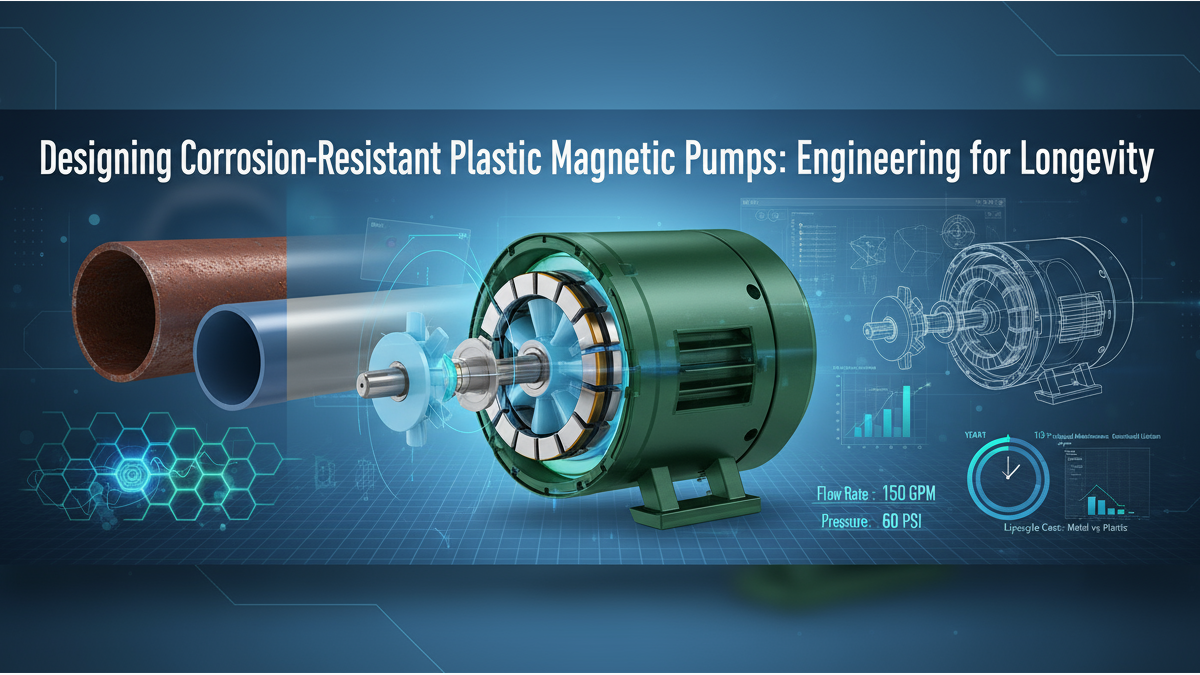What are the predictive maintenance and preventive maintenance? Predictive and preventive maintenances often include condition monitoring hardware, industrial automation hardware, communication connections, storage and platforms, and data analysis.
What Is Predictive Maintenance and Preventive Maintenance?
Predictive maintenance as an emerging market, because the maintenance strategy shifts from the so-called after-the-fact control method to solve problems by analyzing and enabling predictive maintenance, undoubtedly shows us a market with potential for development. In this market, IoT platform vendors, low-cost secure cloud storage vendors, and analytics providers that provide dynamic data models play a vital role and play an increasingly important role.
The development of the Internet of Things and advanced analytics has driven the entire market to adopt predictive maintenance strategies, resulting in a 25%-30% increase in inefficiency. The report published by IoT Analytics pointed out that the compound annual growth rate (CAGR) of predictive maintenance during 2016-2022 is 39%; besides, by 2022, the annual technical expenditure will reach 1.096 billion US dollars.
The commonly used application levels of predictive and preventive maintenance include condition monitoring hardware, industrial automation hardware, communication connections, storage and platforms, and data analysis.
-
Preventive maintenance (PM)
Periodic activities planned to eliminate equipment failures and unplanned production interruptions (time-based periodic inspection and maintenance), it is output of the manufacturing process design.
-
Predictive maintenance (PdM)
A method or set of techniques for evaluating the condition of in-service equipment by periodically or continuously monitoring the condition of the equipment to predict the specific time when maintenance should be performed.
How to Understand Preventive Maintenance?
Preventive maintenance and predictive maintenance are important maintenance measures to be considered when implementing total productive maintenance (TPM). Preventive maintenance is the most common, and predictive maintenance is not suitable for every occasion. IATF16949 Clause 8.5.1.5 Comprehensive Production Maintenance Specific requirements for equipment maintenance objectives are given. Predictive maintenance is no longer mandatory but "if applicable".
To put it simply, preventive maintenance refers to scheduled periodic equipment maintenance and replacement of spare parts, usually including maintenance and maintenance, regular use inspection, regular function test, regular dismantling, regular replacement, and other types; periodic maintenance periodic overhaul should belong to preventive the scope of sexual maintenance.
Examples of preventive maintenance:
- The first maintenance of the new car after 3000 kilometers (replace the engine oil)
- Regularly clean the production equipment, replace damaged parts and check whether the machinery maintains normal operation
Predictive maintenance is the collection of data and signals (which can be collected intermittently or continuously) by using various means, analyzing and judging the deterioration trend of the equipment, the fault location, the cause and predicting the development of changes, and proposing preventive measures, Prevent and control possible failures. The nature of predictive maintenance is similar to SPC.
Examples of predictive maintenance:
Use thermal imaging cameras, vibration analyzers, ultrasonic instruments and other testing equipment to determine whether maintenance is necessary by detecting the operating parameters of the equipment such as temperature and vibration, and comparing the measured parameters with the standard operating state parameters of the equipment, and How to arrange maintenance work in a targeted manner.
Advantages of Predictive Maintenance and Future Trends
The biggest advantage of applying predictive maintenance is the overall cost reduction. Research conducted by the US Federal Energy Management Program (FEMP) estimates that a normally functioning predictive maintenance program can provide savings of 30% to 40% compared to preventive maintenance. According to relevant statistics, on average, carrying out an industrial predictive maintenance program can bring the following savings:
- Return on investment: 10 times
- Reduced maintenance costs: 25% to 30%
- Fault elimination: 70% to 75%
- Reduced downtime: 35% to 45%
- Increased production: 20% to 25%
In the actual production process, the incidence of failures is much more difficult to control than imagined: sudden downtime of production lines, delays in troubleshooting, human error, repeated equipment maintenance leads to the additional cost increase and untimely maintenance of equipment wait. We often accept failures passively and carry out maintenance that "can't accurately calculate whether it is the most reasonable" after the failure occurs.
The factory is not only a collection of equipment but also a "living butler". Through intelligent monitoring for preventive monitoring and maintenance, it can tell you the current operating status of various mechanical components, and he can also use the past operating data and the current accumulate running data for real-time monitoring and analysis, predict possible future conditions, and tell you in advance which equipment needs to be maintained and which equipment needs to be replaced. This decision is based on objective data analysis and judgment, avoiding human empiricism; at the same time, early warning gives you sufficient time to prepare for maintenance in advance, to avoid the high cost of sudden shutdown and maintenance, which improves the factory's manufacturing efficiency.
Furthermore, smart factories based on data are everywhere. There will be real unmanned factories. Robot arms replace labor. The operating data of all equipment in the factory will be displayed in front of the managers. Not only to understand the operation status and predict the future, but also automatically trigger work order assignment and self-maintenance, and even self-summarize and learn in the process of continuous error correction to give more reasonable suggestions and implementation plans.
To adapt to the extremely challenging industrial environment, the fields of system engineering, production IT, and business systems must achieve unprecedented integration to increase production efficiency.










.png)



